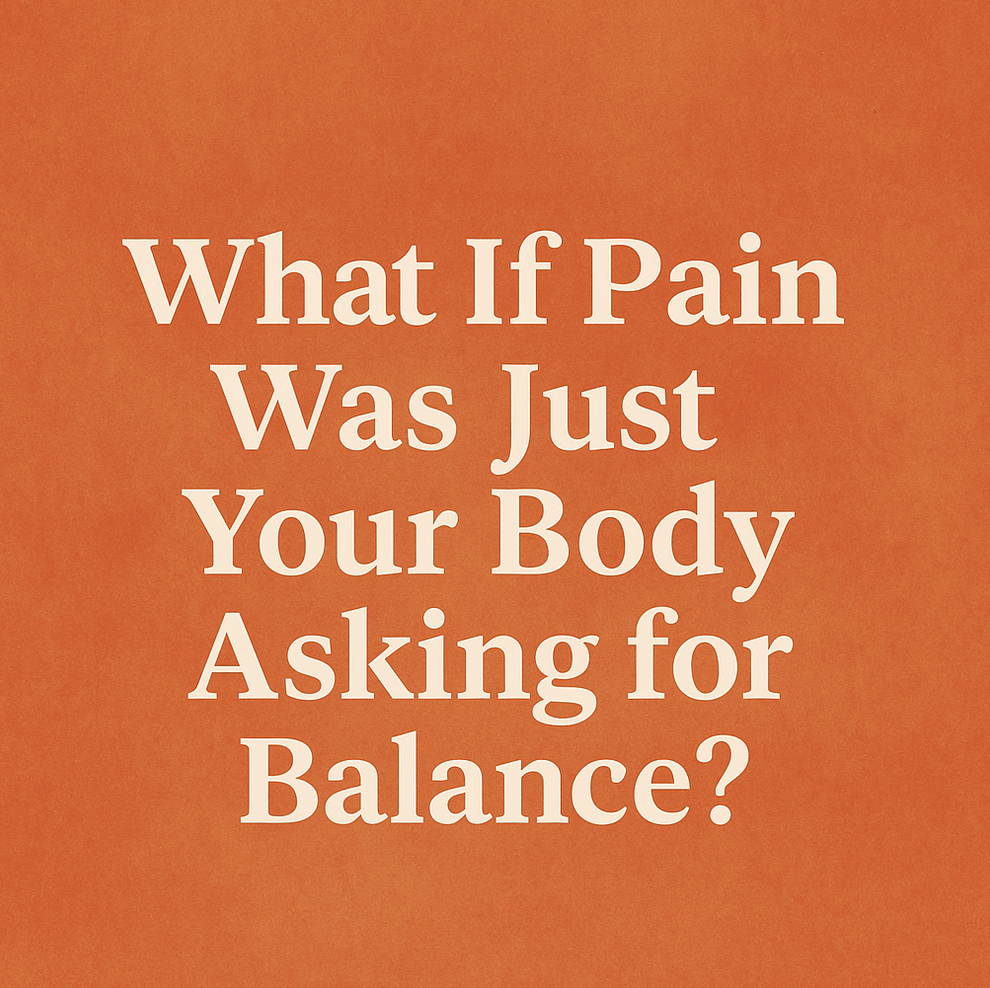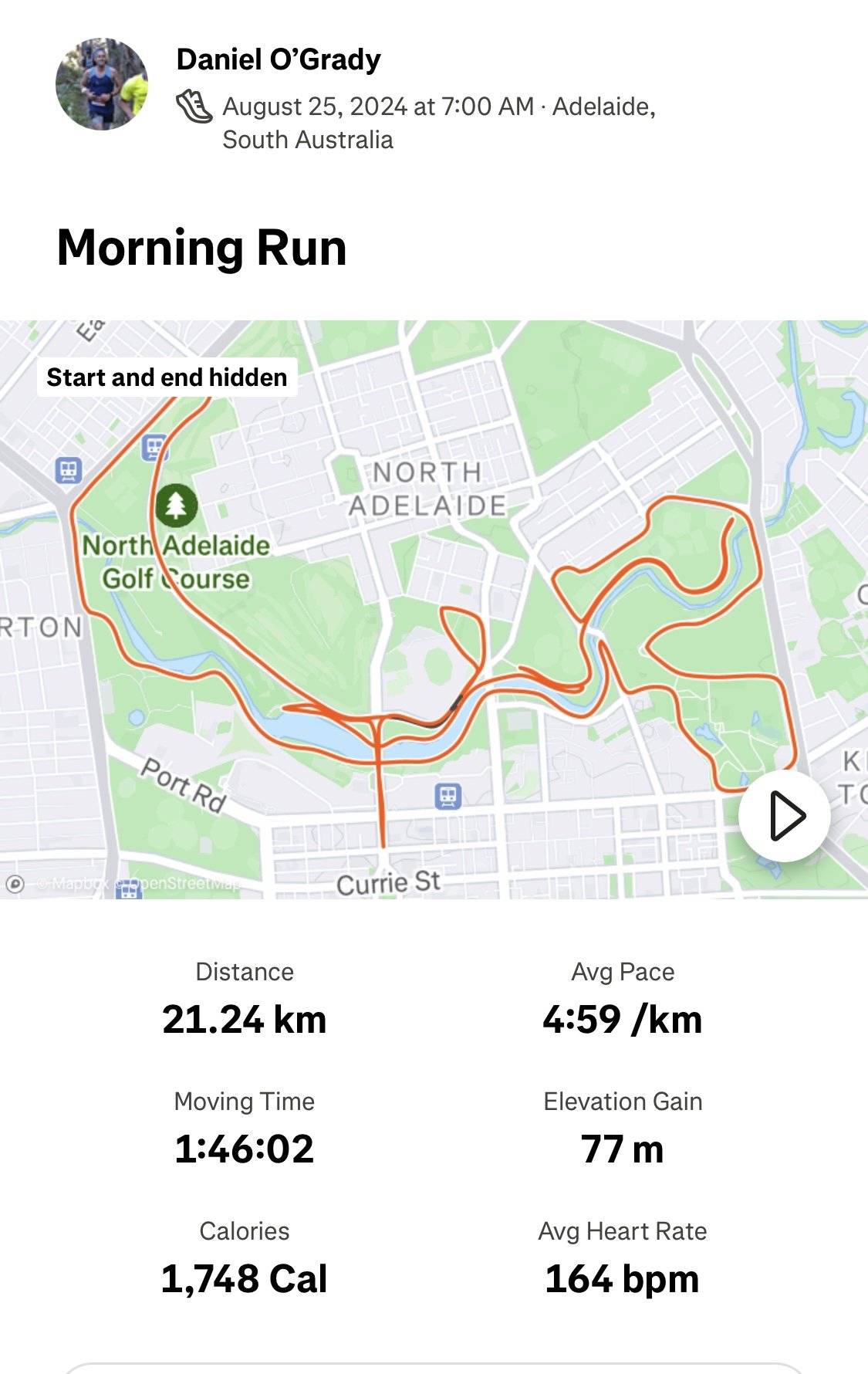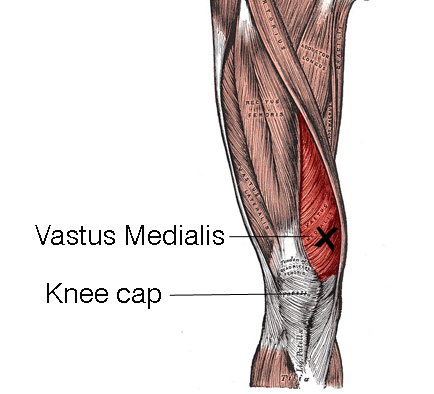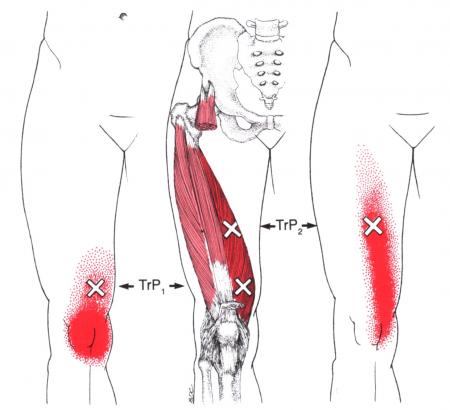RUNNERS WORRIED ABOUT KNEE PAIN 💥
.
It’s a no brainer - Running is without doubt THE best thing you can do for your knee 💪
.
Here’s 9 reasons, off the top of my head…
.
There are many more…feel free to add to the list in the comments below…
.
And when someone asks, tell them👇
Running is like the the UV from the sun, it’s the DOSE that matters.
Excess UV sunlight contributes to skin cancer, BUT too little causes Vitamin D deficiency.
.
So listen to your body, but don’t fear running as it’s THE best form of exercise to support your knee joint.
.
If you need a little help getting your individual dose right, get in contact with a physio who also has a passion for running and knee health 😎
9 Benefits of Running For Knee Health
1. increases bone density - increases resilience of joint
2. Increases tendon capacity (eg Achilles calf spring that acts like a shock absorber for knee joint)
3. Cartilage health - loading stimulates growth of new cartilage
4. Eccentric muscle length and strength reduces knee joint compression
5. Low loads on knee cap (flat ground running) vs squats and lunges high knee cap loads causing accelerated joint wear
6. Improves metabolic health - leading to optimized weight (strength training increases muscle size so more load and weight for the joint)
7. Increased circulation through body - stimulating endorphins, optimize lymphatic drainage and flow
8. Natural and varied open environment with fresh air and sunshine
9. Able to train more consistently eg- when traveling






































